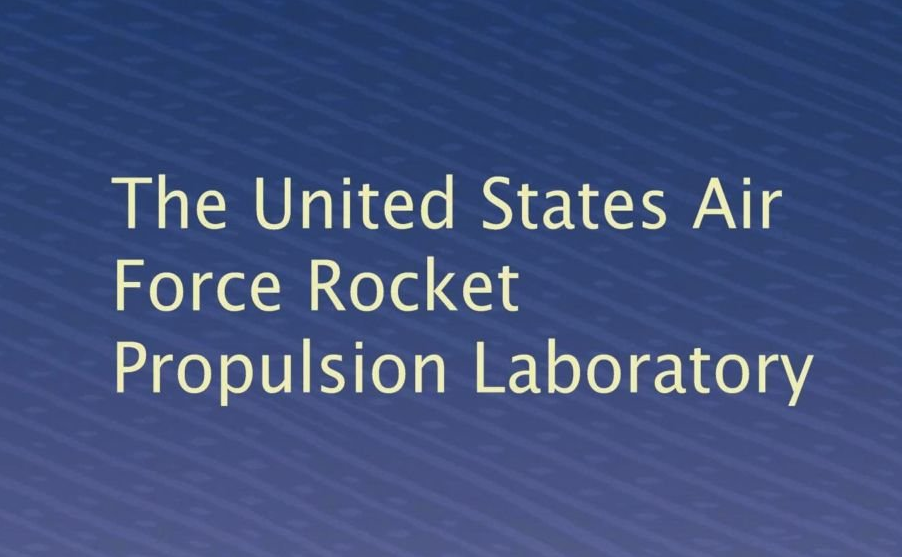Part 1 of 2 Parts
I have often blogged about propulsion systems for spacecraft. There are many options for propelling big spacecraft including manned missions. On the other hand, there are also a variety of ways to maneuver satellites to adjust their orbits around the Earth. Some propulsion systems can be useful for both purposes. Today, I am going to blog about such a new satellite propulsion system.
One of the free sources of energy in space is obviously sunlight. It can be used to generate electricity, drive a light sail, or for solar thermal propulsion. The basic idea behind solar thermal propulsion is to use sunlight to heat a propellant up to two thousand degrees Kelvin. The expanding propellant is then fed through a conventional rocket nozzle to produce thrust. A solar thermal propelled rocket only requires a way to capture sunlight and a tank of propellant. The thrust that can be generated is limited by the surface area of the solar collector and the intensity of solar radiation. Sunlight is collected by a parabolic reflector and then focused onto a blackbody cavity to generate a high internal temperature. In the cavity, heat is transferred to the propellant to provide thrust. The best performance can be obtained from hydrogen as a fuel because it has such a low molecular weight.
Unfortunately, hydrogen is the lightest element and it is very difficult to store because it can leak from just about any type materials used as containers and seals. In the early 2010s, research and design work developed an approach to significantly reduce what is called “hydrogen boiloff”. While it is not possible to totally eliminate hydrogen loss, a way was found to economically utilize the small boiloff that remains for necessary in-space tasks. This essentially results in what can be thought of as zero boiloff from a practical point of view.
There are other possible fuels for solar thermal propulsion. Unfortunately, water would be a very poor fuel. It can only produce a specific impulse of about 200 s.On the other hand, it only requires simple equipment to purify and handle. Water is easy to store and there are sources of water in space on the Moon, Mars, comets and asteroids. Water has been seriously proposed for use on interplanetary missions.
Ammonia has been proposed as a possible propellant for solar thermal propulsion. It has a greater specific impulse than water and is easy to store with a freezing point of minus seventy-seven degrees Celsius and a boiling point of minus thirty-three degrees Celsius. The exhaust dissociates into hydrogen and nitrogen.
Concentrators are utilized to collect sunlight and focus it into a receiver/absorber. Big collector surfaces in the range of several square yards are needed to produce the required thermal energy. A useful solar power input would be about one thousand three hundred and fifty watts per square meter. The primary concentrators handle this part of the propulsion. They are considered to be the most technologically demanding section of the concentrator system.
Please read Part 2 next
